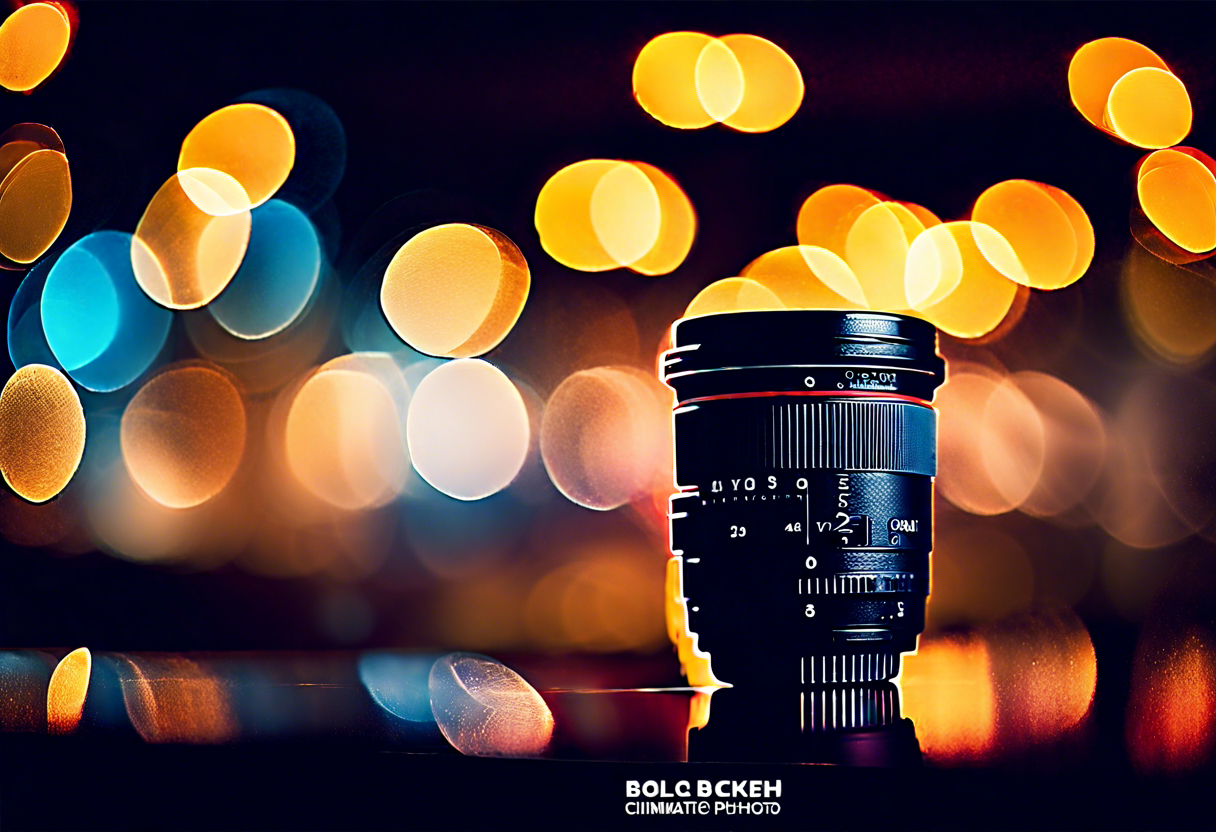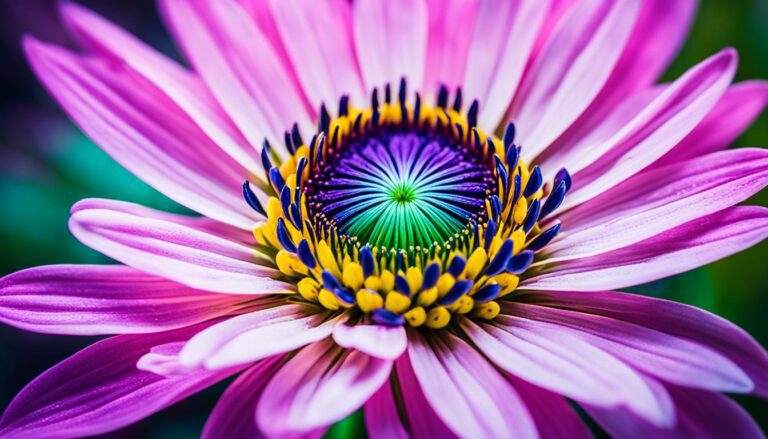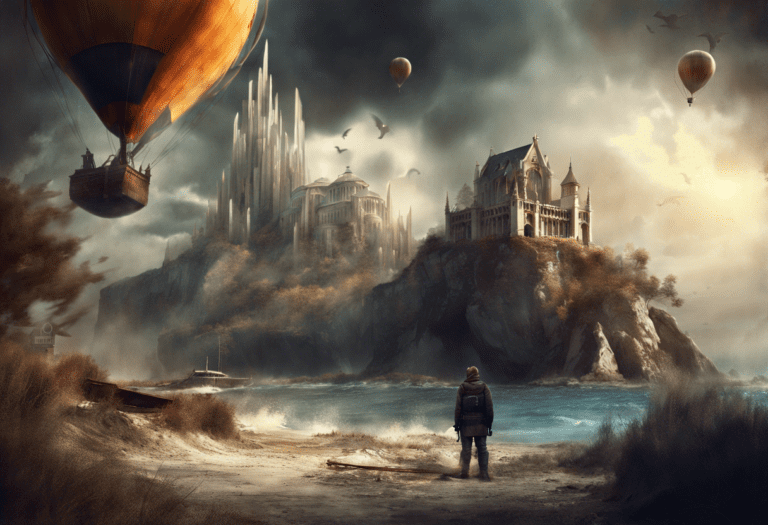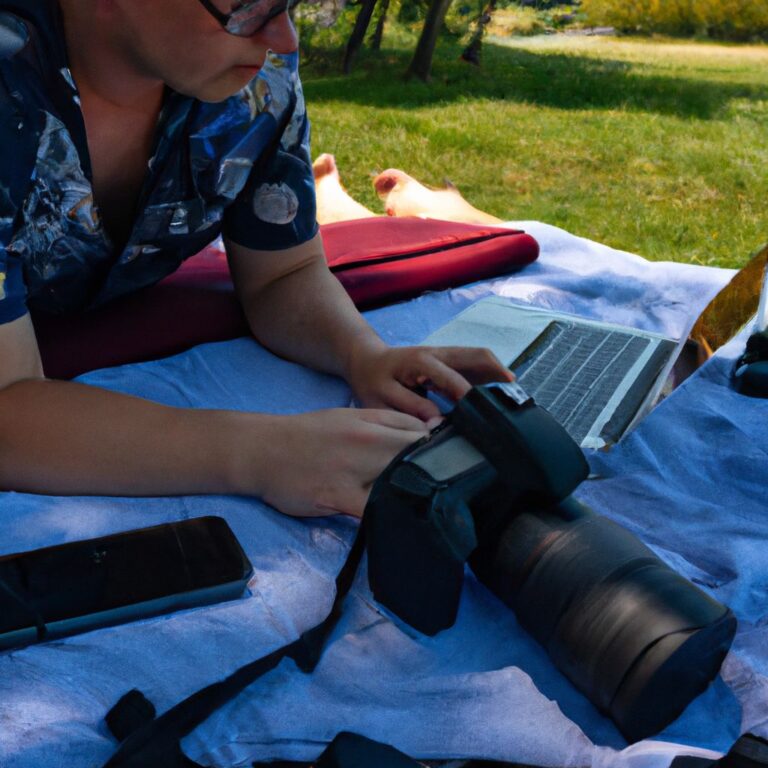How To Create Stunning Bokeh Effects?
Understanding Bokeh Effect and Its Importance in Photography
Bokeh is a term derived from the Japanese word “boke,” which translates to blur or haze. In photography, it refers to the visually appealing quality of the out-of-focus areas in an image. This aesthetic effect is achieved by using a shallow depth of field, resulting in a soft and blurry background that helps to isolate the main subject of the photograph.
One of the key reasons why bokeh is highly valued in photography is its ability to create a sense of depth and dimension in an image. By blurring the background or foreground, bokeh helps draw the viewer’s attention to the main subject, making it stand out more prominently. This technique is particularly useful in portrait photography, where the goal is to highlight the person or object being photographed while minimizing distractions in the background.
Furthermore, bokeh adds a touch of artistry to photographs, making them visually pleasing and evoking a sense of mood and atmosphere. Whether capturing the twinkling lights of a cityscape at night or the dappled sunlight filtering through the leaves of a tree, bokeh can turn an ordinary scene into a striking work of art.
Photographers often use lenses with wide apertures, such as f/1.8 or f/2.8, to achieve a pronounced bokeh effect. These fast lenses allow more light to enter the camera, resulting in a shallower depth of field and more pronounced blur in the out-of-focus areas. Additionally, the quality of bokeh can vary depending on the type of lens and the number of aperture blades it has, with lenses that produce circular, smooth bokeh considered highly desirable.
Understanding the bokeh effect and its importance in photography is crucial for photographers looking to create visually stunning images that captivate viewers. By mastering the art of bokeh, photographers can elevate their work to new artistic heights, adding depth, emotion, and visual interest to their photographs.
Choosing the Right Photography Equipment for Capturing Bokeh
When it comes to capturing stunning bokeh effects in photography, choosing the right equipment is crucial. The type of gear you use can significantly impact the quality and aesthetics of the bokeh in your images. Here are some essential photography equipment tips to help you achieve beautiful bokeh effects:
-
Use a Fast Lens: One of the key elements in creating creamy bokeh is using a lens with a wide aperture. Prime lenses with large maximum apertures, such as f/1.8 or f/1.4, are ideal for shooting bokeh. These wide apertures allow more light to enter the lens, creating a shallow depth of field and beautiful background blur.
-
Consider Lens Focal Length: Shorter focal lengths, such as 50mm or 85mm, are popular choices for capturing bokeh. These lenses can create a shallower depth of field, making it easier to achieve that smooth, out-of-focus background that enhances the bokeh effect.
-
Choose the Right Background: To make your bokeh stand out, pay attention to the background of your subject. Look for backgrounds with bright, out-of-focus elements such as lights, foliage, or water droplets. These elements will appear as soft circles of light in the bokeh, adding a dreamy and magical quality to your images.
-
Experiment with Lens Aperture: Adjusting the aperture settings on your camera lens allows you to control the depth of field in your photos. Wider apertures (small f-stop numbers) create a more pronounced bokeh effect, while narrower apertures (larger f-stop numbers) result in sharper backgrounds.
-
Use a Full-Frame Camera: While bokeh can be achieved with crop sensor cameras, full-frame cameras are generally better at producing smoother and more pleasing bokeh effects. The larger sensor size allows for a shallower depth of field, resulting in more pronounced background blur.
By following these tips and choosing the right photography equipment, you can create stunning bokeh effects that add a touch of artistry and visual appeal to your photos. Experiment with different lenses, apertures, and backgrounds to unleash your creativity and capture mesmerizing bokeh in your photography.
Tips and Techniques for Creating Bokeh in Different Lighting Conditions
When it comes to creating stunning bokeh effects in photography, lighting plays a crucial role in achieving the desired results. Whether you are shooting indoors or outdoors, understanding how different lighting conditions can impact your bokeh effect is essential to elevate your images to the next level.
-
Natural Light:
Natural light can be a photographer’s best friend when it comes to creating bokeh. The soft, diffused light during the golden hours of sunrise and sunset can produce beautiful bokeh effects. To maximize this effect, position your subject in front of a light source, such as the sun, to create a dreamy, out-of-focus background. -
Artificial Light:
When shooting in low light or at night, artificial light sources such as street lamps, city lights, or even fairy lights can be used to create unique bokeh effects. Experiment with different apertures to control the size and shape of the bokeh balls created by these light sources. -
Backlighting:
Backlighting is a popular technique for creating bokeh. By shooting against a light source, such as the sun or a bright window, you can achieve a glowing background of bokeh circles or shapes. This technique works best when there is a significant contrast between the subject and the background light source. -
Foreground Elements:
Introducing foreground elements into your composition can add depth and interest to your bokeh images. By placing objects like leaves, flowers, or even prisms in front of your lens, you can create unique bokeh shapes and textures that enhance the overall aesthetic of your photos. -
Bokeh Shapes:
For a more creative approach to bokeh photography, consider using custom bokeh shapes. By cutting out shapes from black cardstock and attaching them to the front of your lens, you can transform the out-of-focus highlights in your background into hearts, stars, or any other shape you desire. -
Bokeh Filters:
If you want to experiment with different bokeh effects without DIY methods, bokeh filters are a convenient tool to have in your photography kit. These filters attach to your lens and come in various designs to create bokeh effects ranging from classic circles to more intricate patterns.
Mastering the art of creating bokeh in different lighting conditions requires practice, experimentation, and a keen eye for composition. By understanding how light interacts with your surroundings, utilizing creative techniques, and experimenting with different tools, you can elevate your photography skills and capture breathtaking bokeh effects in your images.
Enhancing Bokeh Effects in Post-Processing
After capturing stunning bokeh effects in your photographs, it’s time to enhance them further through post-processing techniques. By refining the bokeh in editing software like Adobe Photoshop or Lightroom, you can elevate the overall quality and impact of your images. Here are some tips for maximizing the bokeh effects during post-processing:
Adjusting Bokeh Intensity:
One of the key elements to focus on when enhancing bokeh effects in post-processing is adjusting the intensity of the bokeh. You can increase or decrease the strength of the bokeh lights to make them more prominent or subtle, depending on your creative vision for the image.
Applying Blur Effects:
To make the bokeh stand out even more, you can apply additional blur effects to the background of your photos. By adding blur selectively, you can draw more attention to the bokeh highlights and create a more visually appealing composition.
Fine-Tuning Bokeh Shapes:
Some editing software allows you to customize the shape of the bokeh lights in your images. Experimenting with different bokeh shapes, such as hearts, stars, or circles, can add a unique and artistic touch to your photographs. This creative adjustment can make your bokeh effects truly stand out.
Color Grading for Bokeh:
Enhancing the colors in your bokeh lights can dramatically impact the overall look of your images. By adjusting the color tones and hues in the bokeh, you can create a more cohesive color palette and evoke a specific mood or atmosphere in your photos.
By following these post-processing techniques, you can take your bokeh effects to the next level and create captivating and visually stunning images that leave a lasting impression on viewers. Remember to experiment with different editing tools and effects to find the perfect balance that enhances the beauty of your bokeh photography.
Exploring Creative Ways to Experiment with Bokeh in Photography
Bokeh effects can add a touch of magic and artistry to your photographs, turning ordinary scenes into extraordinary works of art. By creatively experimenting with bokeh, photographers can create visually stunning images that captivate viewers and evoke emotions.
One creative way to experiment with bokeh is by using different shapes for bokeh highlights. These shapes can range from simple circles to more intricate designs like hearts or stars. By placing a custom-cut filter in front of your lens, you can turn out-of-focus points of light into unique bokeh shapes, adding a whimsical element to your photos.
Another interesting approach is to play with the distance between your subject and the light source. By placing the light source at varying distances from your subject, you can control the size and intensity of the bokeh circles in your images. This technique allows you to create a dreamy, ethereal atmosphere in your photos, drawing the viewer’s attention to specific elements within the frame.
Additionally, experimenting with different lenses can yield diverse bokeh effects. Lenses with wider apertures, such as f/1.4 or f/1.8, are ideal for producing creamy, smooth bokeh backgrounds that isolate the subject and make it pop. On the other hand, vintage lenses with unique optical formulas can create swirly bokeh patterns that add a retro feel to your images.
Furthermore, incorporating motion into your bokeh experiments can result in dynamic and engaging photos. Try capturing moving subjects against a backdrop of twinkling lights to create a sense of energy and excitement in your images. By adjusting your camera settings and experimenting with different shooting techniques, you can achieve mesmerizing bokeh effects that convey a sense of movement and vitality.
Bokeh offers endless opportunities for creative expression in photography. By exploring various techniques and pushing the boundaries of traditional photography norms, photographers can unleash their imagination and create unique, visually compelling images that leave a lasting impression on viewers.
Conclusion
To create stunning bokeh effects in your photography, it is essential to understand the significance of bokeh and how it can enhance the overall appeal of your images. By choosing the right photography equipment, such as a lens with a wide aperture and suitable focal length, you can effectively capture bokeh in your shots. Experimenting with different lighting conditions, such as shooting during the golden hour or using artificial light sources, can help you create unique and captivating bokeh effects.
In addition to capturing bokeh in-camera, you can also enhance and manipulate bokeh effects during post-processing. By using tools like Adobe Photoshop or Lightroom, you can adjust the bokeh intensity, shape, and color to achieve the desired look in your images. Furthermore, exploring creative ways to experiment with bokeh, such as using custom bokeh shapes or incorporating foreground elements, can add a touch of artistry and visual interest to your photographs.
Remember, the key to creating stunning bokeh effects lies in practice, experimentation, and artistic vision. By mastering the techniques discussed in this article and putting your creativity to the test, you can elevate your photography skills and capture breathtaking images that stand out from the crowd. So grab your camera, head out into the world, and start creating mesmerizing bokeh effects that will wow your viewers and leave a lasting impression.




